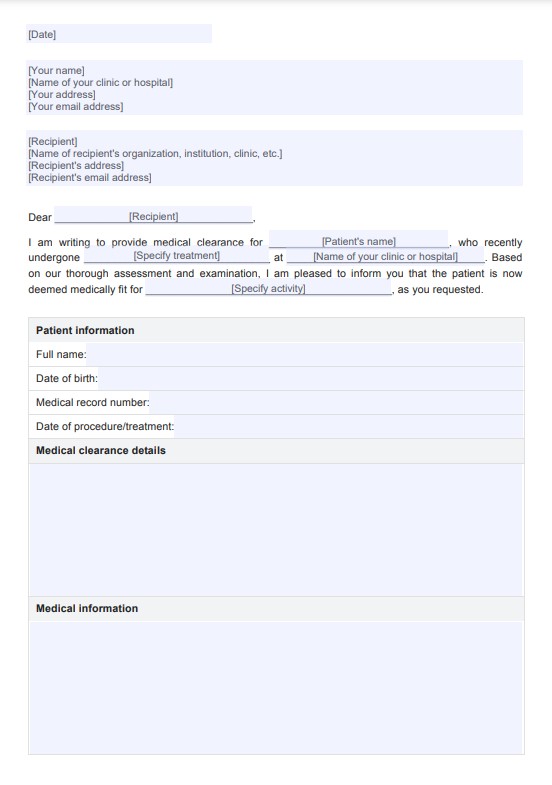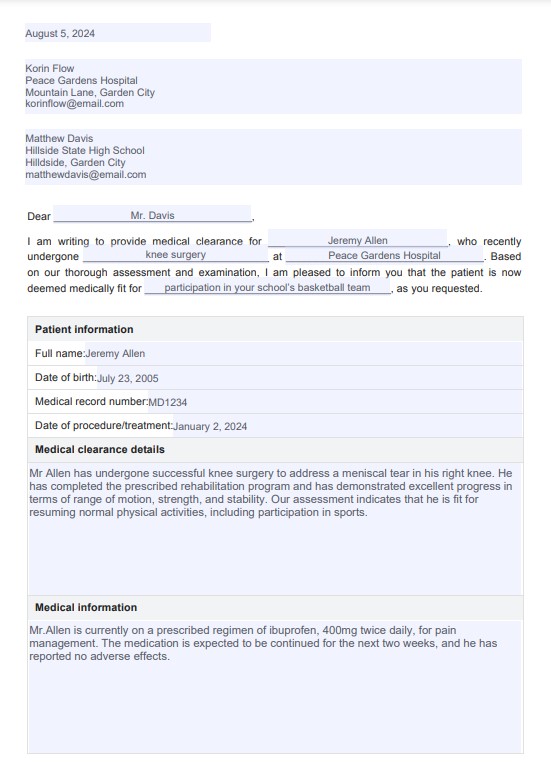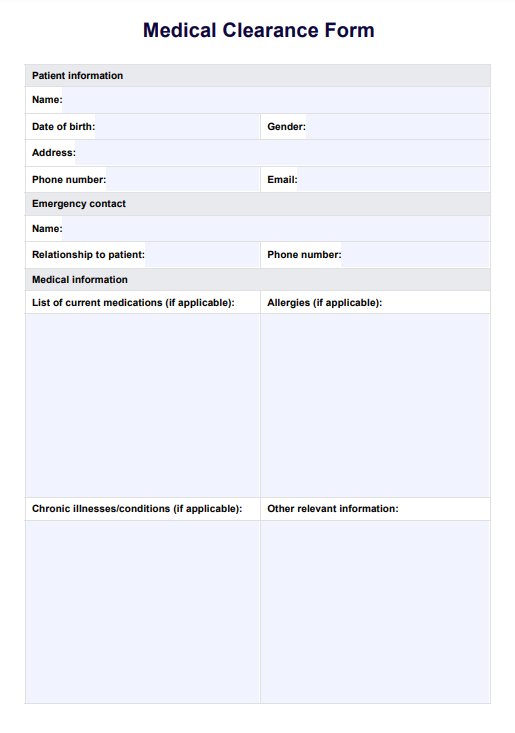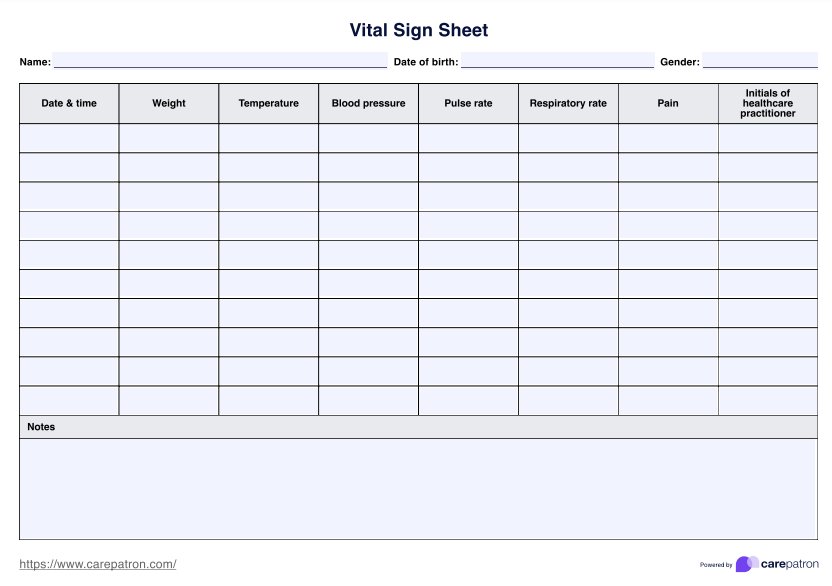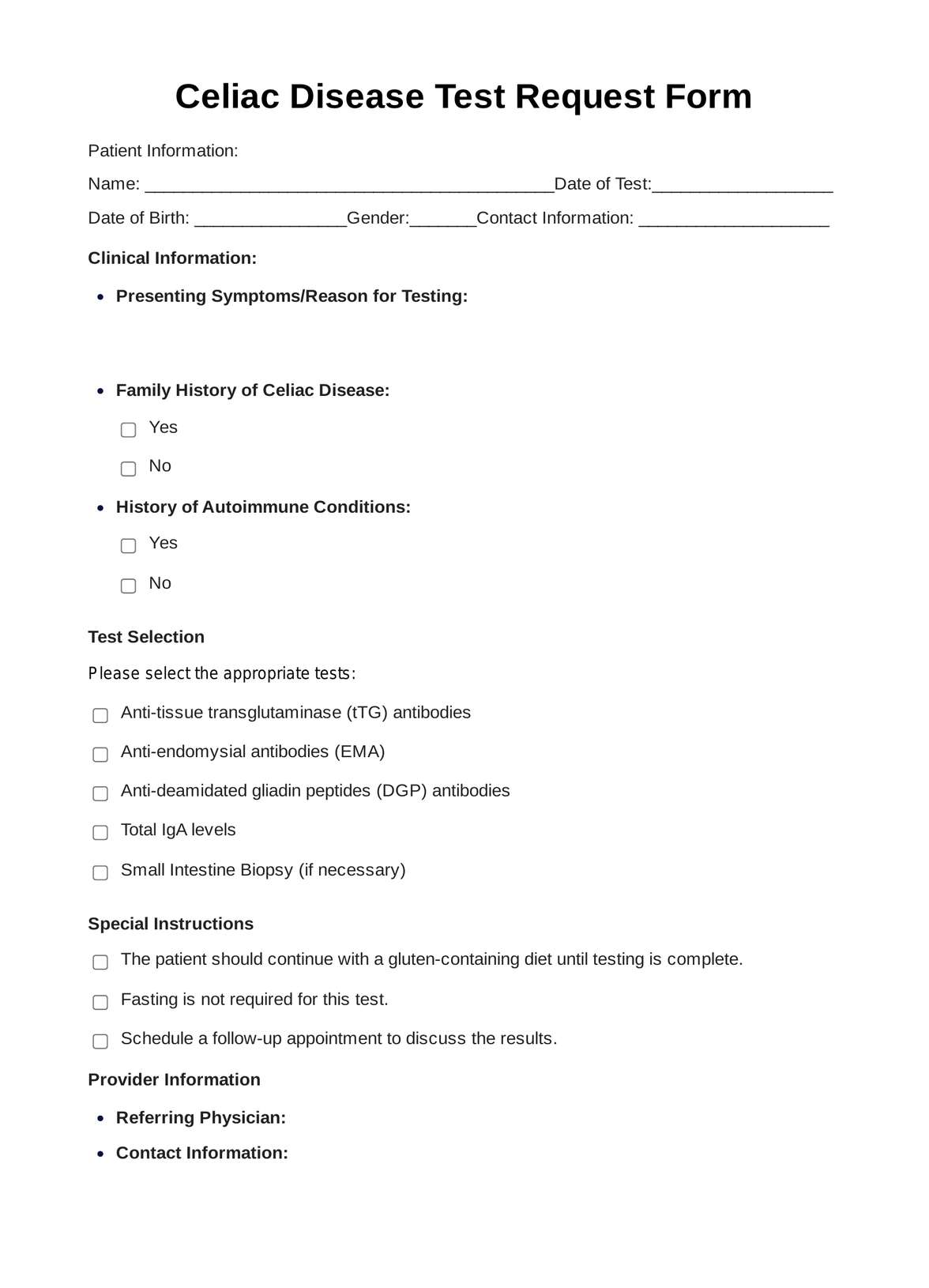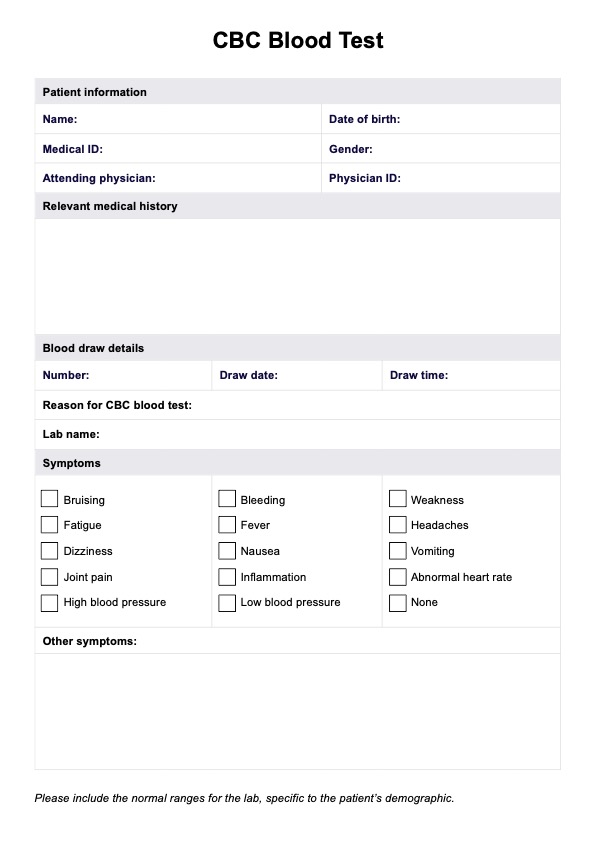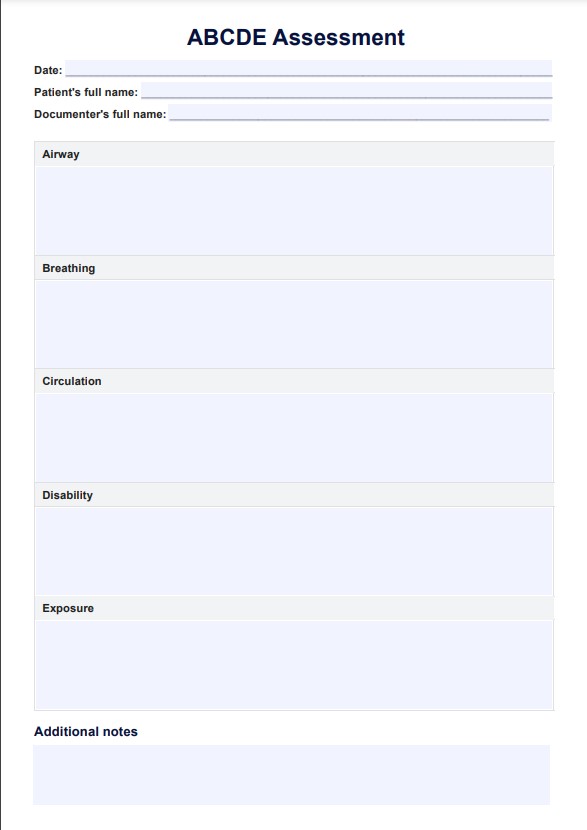Medical Clearance Letter
Get a complete Medical Clearance Letter template with a detailed example. Download a free PDF to provide your patients with all the necessary information for medical clearances.


What is a Medical Clearance Letter?
A Medical Clearance Letter confirms an individual’s physical and mental health status. Employers, schools, or other organizations often request it to ensure that the person is fit to participate in certain activities or fulfill specific responsibilities. The letter, sometimes accompanied by a medical clearance form, is typically written by a healthcare professional such as a doctor, nurse practitioner, physician assistant, or the patient's primary care physician.
A Medical Clearance Letter is particularly important for individuals with pre-existing medical conditions. It helps assess the risks associated with certain activities or procedures and outlines any necessary accommodations or restrictions. This also applies in military settings where a military Medical Clearance Letter is necessary to ensure that military personnel are medically fit to perform their duties and meet the physical demands of military service.
Beyond the general applications, there are specific instances where a Medical Clearance Letter for surgery is needed. This is particularly true for surgical procedures requiring a surgical clearance form to confirm a patient’s readiness for surgery. Such a form can identify potential risks and ensure patient safety throughout the surgical procedure.
What is a surgical clearance form?
In addition to the Medical Clearance Letter, the patient's primary care physician or specialist must complete a surgical clearance form to provide clearance for a planned surgery. This form contains critical information about the patient’s medical history, current health status, and any potential risk factors that could impact their ability to undergo surgery safely.
Before abdominal surgery or other invasive surgical procedures, healthcare professionals emphasize conducting a preoperative cardiac evaluation to minimize the risk of cardiac complications for the patient. This thorough assessment often includes a complete blood count and screening for markers of cardiovascular disease or cardiac complications that could affect the surgery’s outcome.
This assists a medical facility in keeping records and evaluating the immediate implications of the patient’s medical condition and symptoms, aiding in planning postoperative care tailored to the individual’s specific needs.
Medical Clearance Letter Template
Medical Clearance Letter Example
When would you need a Medical Clearance Letter?
Some common situations where a Medical Clearance Letter may be required include:
- Employment: Employers may request a Medical Clearance Letter to ensure that an individual is physically and mentally capable of performing the duties required for a specific job.
- School admissions: Some schools may require students to have one before participating in sports or other activities.
- Travel: Certain destinations may require visitors to provide a letter, particularly if they have recently traveled to areas with high-risk diseases.
- Participation in events: Athletes, performers, and other individuals participating in events or competitions may need to provide a one to ensure they are physically fit to participate.
What information is included in this letter?
The details in a medical letter may vary depending on the document's purpose and the individual's health status. However, some common elements that may be included are:
- Personal information: This can include the individual's name, date of birth, and contact information.
- Medical history: The letter may summarize the individual's medical history, including past illnesses or injuries.
- Current health status: As the healthcare professional, you may outline the individual's health and mention any ongoing conditions or health concerns.
- Physical exam results: The letter may include the results of the individual who underwent a physical examination as part of the medical clearance process.
- Medications and treatments: You may list any current medications or treatments the individual is undergoing.
- Surgical clearance: If the individual has recently undergone surgery or has to undergo surgery, you may mention this in the letter and provide clearance for their participation in activities or events.
- Restrictions/limitations: Depending on the letter's purpose, specific rules or limitations regarding the individual's health, such as certain activities to avoid, may be mentioned.
- Other information: Your patient may also request to include additional information such as insurance coverage, allergies, or family medical history.
- Signature and contact information: You should sign the letter and include your contact information if further clarification is needed.
How to use Carepatron's free Medical Clearance Letter template
Our free Medical Clearance Letter template can be used when an individual's health status needs to be confirmed or they need medical clearances. Here's how to get started with the template:
Step 1: Download the template
You can access the Medical Clearance Letter template and download it to your device. The letter is available in PDF format.
Step 2: Fill in personal information
Fill in the individual's personal information, including their name, date of birth, and contact information.
Step 3: Provide medical history
Add a summary of the individual's medical history, including any ongoing medical conditions or health concerns.
Step 4: Include physical exam results (if applicable)
Include the results in the letter if the individual underwent a physical examination or medical clearance exam. This can be done by attaching a separate report or incorporating the results into the letter.
Step 5: List medications and treatments
Be sure to list any current medications or treatments the individual is undergoing. Write down the medication name, dosage, and frequency. For example, if the patient takes blood pressure medication, write "Amlodipine 5mg, once daily."
Step 6: Mention restrictions/limitations (if necessary)
Depending on the letter's purpose, specific rules or limitations may be mentioned regarding the individual's health, such as certain activities to avoid.
Step 7: Sign and include contact information
Sign the letter and include your contact information as the healthcare professional for any further questions or clarification.
Tips on writing a Medical Clearance Letter
For effective and efficient communication, here are some tips to keep in mind when writing a Medical Clearance Letter:
- Be concise and clear: Use simple language and avoid technical jargon that may confuse the reader or patient.
- Include all necessary information: Include all relevant medical information, any restrictions or limitations, and contact information for further inquiries.
- Consider the patient's needs: Remember the letter's purpose and tailor it to meet the individual's needs.
- Remain empathetic and supportive: It is essential to show empathy and support towards the patient, especially when dealing with a health issue.
- Consult legal or ethical guidelines: Ensure that your letter adheres to any legal or ethical guidelines for disclosing patient information.
- Follow proper formatting: Use a professional and easy-to-read font, include proper spacing and headings, and use bullet points or numbered lists for clarity.
- Proofread before sending: Check for spelling or grammatical errors before finalizing the letter to ensure professionalism.
Commonly asked questions
A Medical Clearance Letter is a document a healthcare professional provides that states a patient has been reviewed and is considered fit for a specific medical intervention, such as heart surgery or other procedures. In the medical field, such letters are often required to ensure patients with health conditions can safely proceed with the desired medical care.
Given their health condition, individuals may need to be medically cleared before engaging in certain activities or treatments that could pose a risk. Examples include undergoing major surgery, starting a new exercise regimen, or participating in physically demanding events.
A Medical Clearance Letter typically includes the patient's name, a statement of their health condition, the healthcare professional's assessment of the patient's ability to undergo the procedure or activity safely, and any recommendations for care or restrictions needed.


